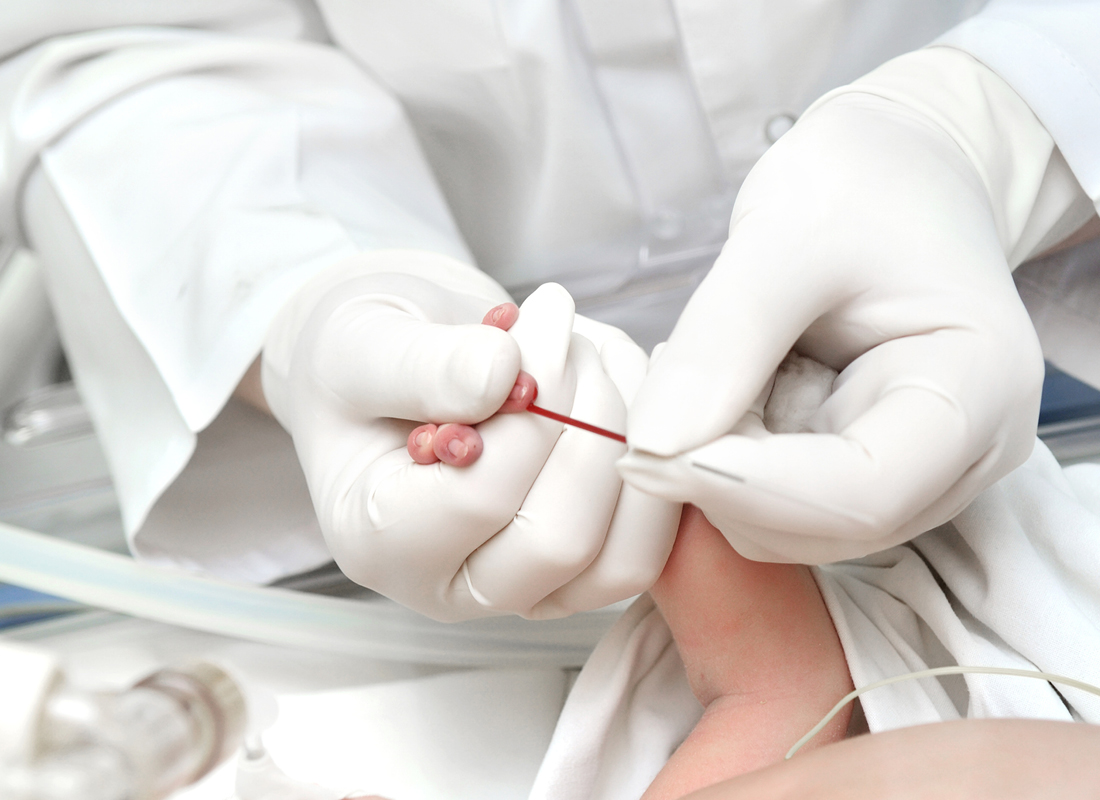Which Test? Choosing the Best Approach to Diagnosing Rare Disease
Genomic sequencing is almost twice as likely to yield a diagnostic result, but lags behind panel testing in speed, cost, and concordance.

Subscribe to Clinical Diagnostics Insider to view
Start a Free Trial for immediate access to this article